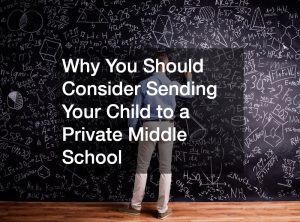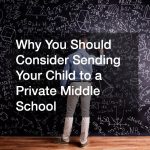In most US cities, public child education starts at just the age of three. The goal of this public pre-K system is to bridge the learning gap before it widens too much. According to a New York Times article, the system seems to be going well for Washington.
Children who underwent pre-K showed more readiness as they entered the big school. They were mostly familiar with routines already and also knew basic learning skills and concepts. However, not all cities are blessed with such a system in place.
Parents must be able to discern how they choose the right school for their child. Especially in their formative years, parents cannot just place their trust in whatever child education institution or franchise is out there.
Some parents do fall to the trap of convenience. They enroll their child to the nearest school thinking that kindergarten and pre-kindergarten are likely all the same (well, in terms of curricula, they probably are). If you are genuinely looking into investing in your child’s education and ensuring that they get the best start in their school life, look out for the following:
Supportive and nurturing teachers and staff
Your child will spend a good chunk of their day with their teachers and other adults in the school. Thus, it’s vital that they are surrounded by people who encourage them, and they, in turn, can trust. While such a relationship may be difficult to define, it is often easy to see.
For example, do the teachers talk to children at eye-level? Do they cluck their eyes or – heaven forbid – yell at their students? If both teachers and staff know how to communicate with children in a respectful and positive manner, chances are the children will also learn to be like that.
Fun learning atmosphere
This is the age when children learn through what they know best: play. Organized and deliberate play, for example, can be used to help children learn new vocabulary or basic math concepts. Play in itself can also help children acquire social skills by sharing toys or waiting for their turn.
Take into account as well that children at this age naturally have a shorter attention span. A good preschool should be considering that and provide their students with a range of age-appropriate lessons and activities.
You can’t expect a three-year-old to sit at their desk for hours and listen to lectures or just do worksheets. Leave the skill-and-drill instruction for when children are in higher school levels!
Staff and teachers are happy

Working with children is definitely a tough job. This is why you also need to look not just how the teachers and staff interact with their kids, but with each other as well. It can give you a good idea of how satisfied they are with their work and their working conditions.
Don’t be afraid as well to ask them questions like whether they receive professional development support. Ask as well the attrition rate; a high turnover is often a warning sign that there is a problem with the system.
Of course, these three factors are not the end-all-and-be-all checklist for choosing the best preschool for your child. Aside from these, take your own considerations as well like distance to your home, the program you prefer, and tuition.
Balancing your considerations with the basic features of a good preschool should help you decide on a school that best fits your child’s needs.
















